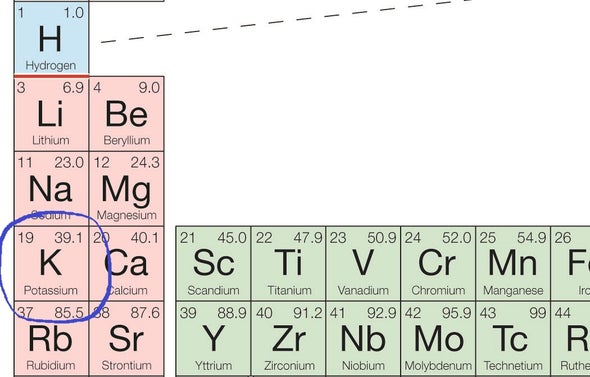This is Scientific American's 60-second Science, I'm Christopher Intagliata.
There's solid. And there's liquid. And now there's something in between called chain melt.
"At an atomic level you have this interaction and this mixup between liquid and solid." Andreas Hermann is a condensed-matter physicist at the University of Edinburgh.
What he and his team have discovered, using computer simulations, is that under certain pressures and temperatures potassium can be both liquid and solid at the same time. Specifically, they squashed simulated potassium atoms with really extreme pressures: 200 to 400 thousand atmospheres—that's at least 200 times greater than the pressure in the depths of the Mariana Trench.

At that pressure, the atoms form two interlocking crystal lattices. Add heat to that—not too much, just a bit above the boiling point of water—and one of those lattices begins to melt while the other remains solid. Voila: chain melt. The details are in the Proceedings of the National Academy of Sciences.
Hermann says there's no reason to stop at potassium: half a dozen other elements have this crystal structure, too. As for what we'll do with them? "We haven't really looked for any applications. It's quite fundamental research, I'd say."
One thing's for sure: any real-world tests will face immense pressure.
Thanks for listening for Scientific American — 60-Second Science. I'm Christopher Intagliata.













